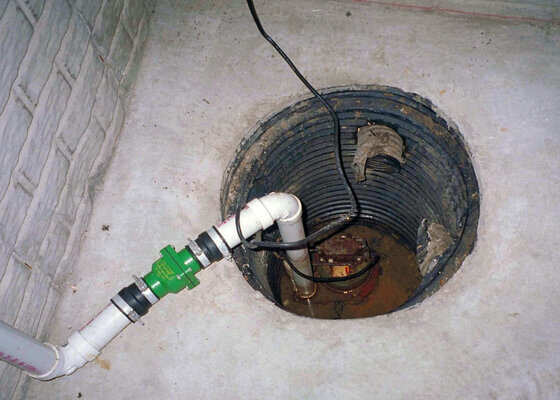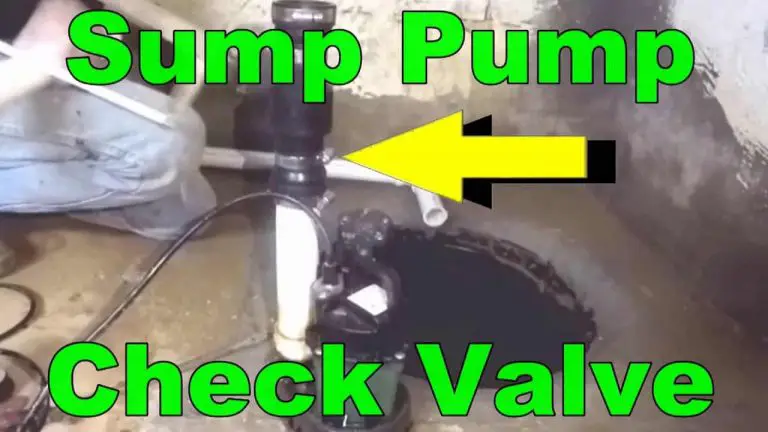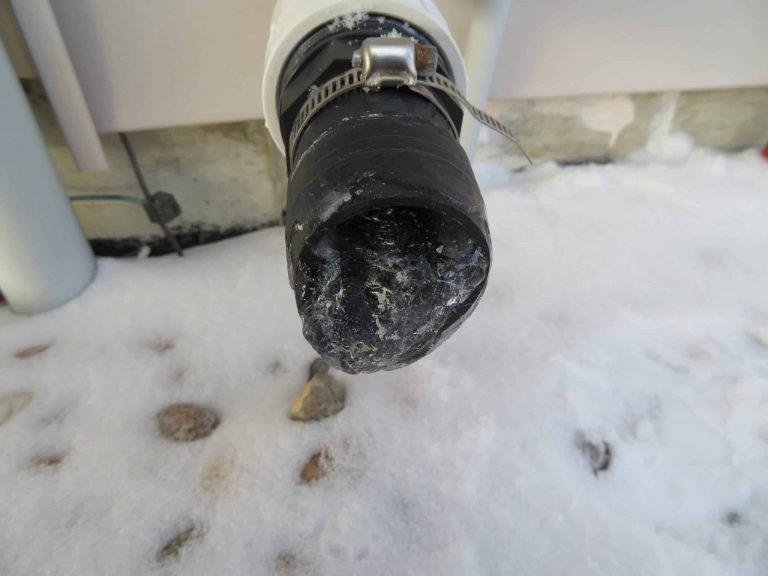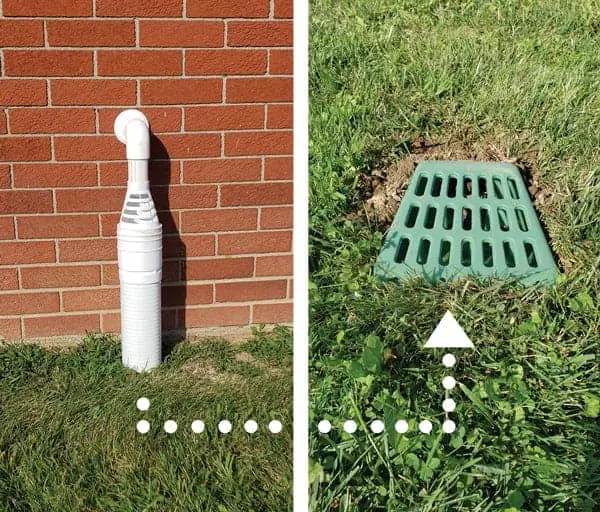Can Drain Flies Breed in Sump Pump
Drain flies are one of the most common household pests. They are small, dark-colored flies that breed in damp, organic materials.
One of the places they like to breed is in sump pumps. Sump pumps are often found in basements and crawl spaces.
They are used to pump water out of these areas to prevent flooding. If you have a sump pump in your home, you may be wondering if drain flies can breed in it.
The answer is yes, they can! Drain flies are attracted to moisture and organic matter, so your sump pump is the perfect breeding ground for them. Here are some tips to prevent drain flies from taking over your sump pump: 1.
Keep the area around your sump pump clean and free of debris. This will help reduce the amount of organic matter that drain flies can feed on.
2. Make sure the lid to your sump pump is tightly sealed.
This will prevent drain flies from getting inside and laying their eggs. 3.
Have your sump pump serviced regularly to ensure it is working properly. A clogged or broken sump pump can create the perfect conditions for drain fly breeding. following these simple tips, you can help keep drain flies out of your sump pump and away from your home!
MASSIVE DRAIN FLY INFESTATION!! How to get rid of drain flies…FOR GOOD!
Drain Flies in Ejector Pit
If you’ve ever seen small, dark flies near your sink or bathtub drains, chances are they were drain flies. Drain flies get their name from their fondness for hanging out near drains, where they lay eggs and feed on organic matter.
While drain flies may be a nuisance, they’re generally harmless to humans. However, they can indicate that there’s a problem with your plumbing.
If you have drain flies, it’s likely that there’s organic matter buildup in your pipes, which can lead to clogs and backups. If you want to get rid of drain flies, the first step is to clean your drains.
This will remove the food source that theflies are feeding on. You may need to use a plunger or snake to remove tough clogs. Once your drains are clean, make sure to keep them that way by regularly cleaning them with a safe cleaner like vinegar or baking soda.
Drain Flies in Basement Floor Drain
If you have a basement floor drain, chances are you’ve had to deal with pesky drain flies at some point. These small insects are attracted to moisture and can often be found near sink drains, sewer lines and other wet areas.
While they don’t bite or carry disease, they can be a nuisance. Here’s what you need to know about drain flies and how to get rid of them.
What Are Drain Flies? Drain flies are small (about 1/8 inch long), winged insects that are often mistaken for fruit flies. They’re dark in color and have hairy bodies and wings.
They get their name from their fondness for damp places like drains, where they lay their eggs. The larvae hatch and feed on the organic matter in the water before emerging as adults.
Because of this lifecycle, they’re also sometimes called sewer gnats or filter flies. How Do You Know if You Have Drain Flies? The most obvious sign of drain flies is finding them near your drains or other moist areas in your home.
If you notice small, dark insects flying around your bathroom or kitchen sink, there’s a good chance they’re drain flies. Another telltale sign is seeing evidenced of their larvae in standing water or slimy build-up around your drains.
The larvae look like tiny worms with black heads and can often be seen swimming in water or crawling on wet surfaces. Why Are Drain Flies a Problem? While drain fly infestations don’t typically pose serious health risks, they can be quite annoying.
In addition to being unsightly, these pests can spread bacteria and other contaminants wherever they land – which means your food could potentially become contaminated if one lands on it while it’s uncovered (ew!). If you have asthma or another respiratory condition, coming into contact with these insects can also trigger an allergic reaction or exacerbation of symptoms due to their hairy bodies and wings (which release allergens into the air when disturbed). In short: no one wants them around!
Tiny White Bugs in Sump Pit
If you’ve ever noticed small, white bugs crawling around your sump pit, you’re not alone. These pests are commonly found in homes with damp conditions and are attracted to the moisture in sump pits.
While they aren’t known to cause any damage, these bugs can be a nuisance. Here’s what you need to know about these tiny pests.
These small, white insects are called springtails. They get their name from the fact that they have a tail-like appendage that helps them jump when they feel threatened.
Springtails typically measure 1/16 of an inch long and are very difficult to see with the naked eye. While they don’t bite or sting humans, springtails can be a nuisance because of their large numbers.
Springtails generally live outdoors in moist soil or decaying vegetation. However, when the weather outside becomes too dry or cold, they will migrate indoors in search of moisture.
This is why you’ll often find them near sump pits, basements, kitchens, bathrooms, and other damp areas of your home. While springtails aren’t harmful to humans, they can be indicators of other problems in your home.
If you have a sudden infestation of these pests, it could be a sign of excess moisture somewhere in your house. Excess moisture can lead to mold growth which can cause serious health problems for people with allergies or respiratory issues.
How to Get Rid of Drain Flies in Crawl Space
If you have drain flies in your crawl space, there are a few things you can do to get rid of them. First, try to identify the source of the problem.
If there is a clog in your drains, you will need to remove it. This may require calling a professional plumber.
Once you have removed the clog, make sure to clean all of the drains in your crawl space thoroughly. You can use a natural cleaner like vinegar or baking soda, or you can purchase a commercial drain cleaner at your local hardware store.
Be sure to follow the directions on the cleaner carefully. You should also make an effort to keep your crawl space as dry as possible.
Drain flies thrive in moist environments, so by reducing the moisture levels in your crawl space you will make it less inviting for them. Use a dehumidifier if needed and fix any leaks that may be contributing to the moisture problem.
Finally, seal any cracks or openings in walls or floors that could be letting moisture into the space. By following these steps, you should be able to get rid of drain flies in your crawl space for good!
Will Bleach Kill Drain Flies
If you have ever had the misfortune of dealing with drain flies, you know how pesky and gross they can be. These little insects are often found near drains or other moist areas and can quickly become a nuisance in your home.
The good news is that yes, bleach can kill drain flies. The first step in getting rid of drain flies is to identify where they are coming from.
If you see them near a sink or other plumbing fixture, there is likely a build-up of organic matter in the drain that is attracting them. Give your drains a good cleaning with a plunger or plumber’s snake to remove any blockages.
Once you have cleaned the drains, it’s time to break out the bleach. Pour a generous amount of bleach down each affected drain and let it sit for at least 15 minutes before flushing with hot water.
This will help to kill any remaining eggs or larvae as well as adult flies. You may need to repeat this process several times to completely get rid of all the drain flies in your home but it is worth it to be rid of these pesky pests!
How to Keep Bugs Out of Sump Pump
If your home has a sump pump, you know that keeping it free of bugs is essential to its proper functioning. Here are a few tips to help you keep those critters out: 1.
Keep the area around your sump pump clean and free of debris. Bugs are attracted to cluttered areas, so tidy up any loose papers, leaves or other items around the pump.
2. Inspect your sump pump regularly for cracks or holes where bugs could enter.
If you find any damage, seal it up with caulk or another suitable material. 3.
Make sure the lid on your sump pit is tight-fitting and secure. A gaps or cracks in the lid will give bugs easy access to the inside of the pit.
4. Use screen mesh over any openings into your sump pit, such as drain pipes or vents.
This will help keep bugs from crawling in while still allowing water to flow freely into the pit. 5..
Keep an eye out for signs of bug activity near your sump pump, such as swarms of insects near the unit or small trails leading into crevices and cracks. If you see any evidence of pests, take action immediately to prevent them from taking up residence in your sump pit!
How to Clean Sump Pump Pit
Assuming you have a sump pump in your basement, the first thing you need to do is locate it. The sump pump is usually located in a pit at the lowest point of your basement floor.
Once you’ve found it, it’s time to start cleaning! First, remove any debris that may be clogging the pump or blocking the flow of water into the pit. This might include leaves, dirt, rocks, or other small objects.
Next, use a garden hose to flush out the pit with clean water. Be sure to direct the hose away from your home so that dirty water doesn’t splash back inside.
Finally, scrub the inside of the pit with a stiff brush and some disinfectant cleaner. This will help remove any build-up of grime and bacteria and keep your sump pump working properly.
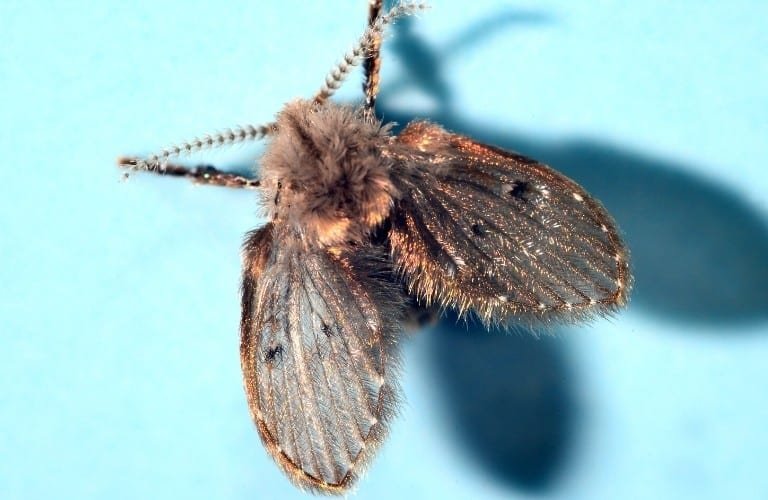
Credit: www.homepestremoval.com
Can Drain Flies Come from Sump Pump?
Drain flies can most certainly come from sump pumps, as they are often found near sources of standing water. Sump pumps typically discharge water away from the foundation of a home in order to prevent flooding, but if the pump is not maintained or installed properly, it can become a breeding ground for drain flies.
These pests are attracted to wet, organic matter and can lay their eggs in the damp environment provided by a sump pump. As the larvae grow, they will feed on anything in their vicinity, including decaying plants and animals, sewage, and even other insects. If you suspect that your sump pump may be attracting drain flies, it is important to have it inspected and cleaned regularly to prevent an infestation.
How Do I Get Rid of Drain Flies in My Basement?
If you have drain flies in your basement, there are a few things you can do to get rid of them. First, make sure that all of your drains are clean and free of debris.
This includes both sinks and floor drains. You may need to use a plunger or snake to clear out any clogs.
Next, pour boiling water down each drain to kill any eggs or larvae that may be present. Finally, apply a solution of bleach and water to the area around each drain to discourage future infestations.
Where Do Drain Flies Breed?
Drain flies breed in organic matter that is decaying and moist. This can be found in drains, sewage systems, septic tanks, and other areas where there is standing water.
The female drain fly lays her eggs in this damp environment, and the larvae hatch within 24 hours. The larvae feed on the organic matter and grow to adulthood in about two weeks.
Why are There Flies in My Basement All of a Sudden?
If you’ve suddenly started to notice flies in your basement, there could be a few reasons why. One possibility is that there’s an issue with your home’s drainage system.
Flies are attracted to standing water and damp areas, so if there’s a problem with your drains, they may be congregating in your basement. Another possibility is that something in your basement is attracting them – like food scraps or garbage.
If you have any open containers of food or trash cans in your basement, that could be what’s attracting the flies. Finally, it’s also possible that there are cracks or openings in your foundation or walls that are allowing flies to come inside from outside.
Whatever the reason for the sudden influx of flies, it’s important to take steps to get rid of them as soon as possible. Not only are they annoying, but they can also carry disease-causing bacteria on their bodies.
To get rid offlies, start by doing a thorough cleaning of your basement – sweep up any dirt or debris and dispose of any open containers of food or garbage. You’ll also want to make sure all drains are clear and functioning properly. If you have any cracks or openings in your walls or foundation, seal them up with caulk or another type of sealant.
Conclusion
Drain flies are small, dark-colored insects that often gather near sources of standing water, such as sump pumps. While they are not known to cause any harm to humans, they can be a nuisance.
If you have noticed drain flies in your home, there are a few things you can do to get rid of them. First, try to identify the source of the problem.
If there is standing water near your sump pump, you will need to remove it. You may also need to clean out the pump itself if it is dirty.
Once you have removed the source of the problem, you should see a decrease in the number of drain flies in your home. If you continue to have problems with drain flies, there are insecticides available that can help get rid of them. However, before using any type of pesticide, be sure to read the label carefully and follow all directions.

